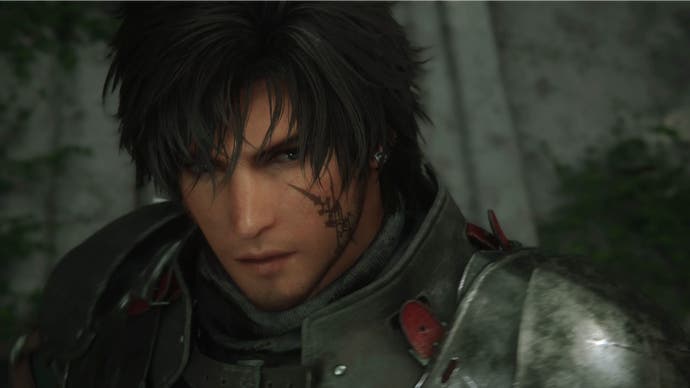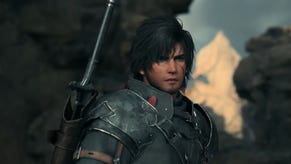Final Fantasy 16 has me questioning the essence of the series
Crystal clear.
What is the essence of Final Fantasy? It's a question that has frequently come to mind during the preview period for Final Fantasy 16, due out next month.
While the game returns to a medieval setting and retains certain hallmarks of the series, it's also something of a departure with its action combat and streamlined modernisation. Some fans have lamented the lack of turn-based combat; others feel this game just isn't the Final Fantasy they know and love.
At a recent hands-on preview, I had the chance to interview producer Naoki Yoshida, art director Hiroshi Minagawa, and localisation director Michael-Christopher Koji Fox, so I had to ask them this question.
Amusingly, they all had different answers.
"For me, I think it's about challenging something new," said Minagawa. "If you look at Square Enix's IPs Dragon Quest and Final Fantasy, the biggest difference between those two, I think, is if you look at the Final Fantasies, they're always trying to challenge something and try something new. And as a developer, I think: 'ok, if I'm going to work on Final Fantasy, I have to follow in those footsteps. I have to challenge something and try something new as well'".
"It's one of those really hard questions in that, you want to have that Final Fantasy feel. So what is the Final Fantasy feel? Is it the characters? Is it the monsters? Is it the dialogue?" posed Koji Fox.
"There are things that are different every time. But I think in the end, it's about having a unique story with each one, but still have them feel like they're somehow connected, which is a very difficult thing, because the worlds are all different, characters are all different, the settings are all different. But when you play a Final Fantasy, you know it's a Final Fantasy".
And why is that?
Said Koji Fox: "It's because you have these threads that go throughout the series, you have your Moogles, you have your spell names, you have your weapon names, and there are all those callbacks to everything that don't require any prior knowledge, but for someone that has played the past ones, they can enjoy it doubly."
Lastly Yoshida: "I think, for me, that Final Fantasy is all about making that cinematic experience. You think back all the way to the original Final Fantasy on the original Nintendo Entertainment System, you start out, you play the game a little bit, you get to a certain point, and then you finally get that opening scene. And that truly cinematic experience, it separates itself from other games and makes it like a movie.
"I remember it being very shocking for me when I played it when I was younger for the first time. And so in Final Fantasy 16 we pretty much did the same thing, we were inspired by that. So you play the game for the first around two hours. And then you'll finally get the title screen because we were inspired to reproduce that in Final Fantasy 16."
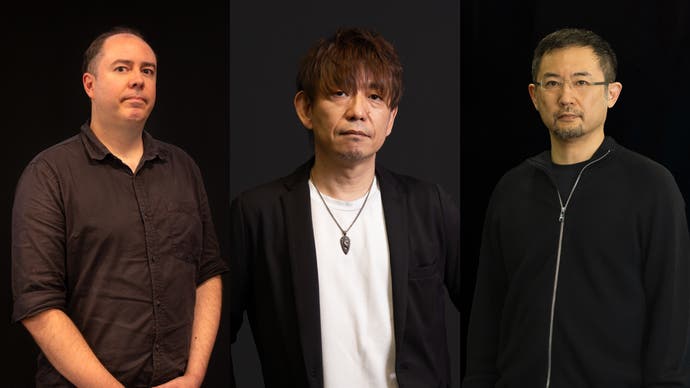
Yoshida also reassured fans of the series they'll find plenty to enjoy here, with typical Final Fantasy elements and action combat that's accessible to everyone. Still, he acknowledged that some players will "still be very vocal" about wanting turn-based combat, but that "if we haven't convinced those people by now, they're probably not going to be convinced". He hopes that will change once the game is out.
Playing through the game myself, I wanted to consider these different takes on the series. This preview began at the very beginning and lasted a few hours to include the prologue and a little beyond. I won't be including story spoilers.
Square Enix also confirmed this opening, focusing on Clive's youth, will be playable as a demo ahead of the game's launch, though a release date was not provided.
As previously reported, Final Fantasy 16 is an action-RPG with real-time combat and it's an absolute rush to play. Combat director Ryota Suzuki is a Capcom veteran who designed the combat of Devil May Cry 5. As a result, Clive's fast and fluid suite of abilities, juggling enemies, and switching between Eikon sets, feels akin to Dante.
It's here that Minagawa's comments about trying something new are most apparent. The Final Fantasy series has frequently experimented with new combat systems and 16 is no different. Combat here is new for the series, it's just now in-line with other popular action-RPGs, with a clear aim to widen the series' audience with this game.
From the start, Clive's moveset feels intuitive with a gradual sense of progression as new abilities are unlocked using ability points gained in battle. Combat is calculated and - dare I say it - Dark Souls-esque. Boss fights in particular require players to hang back, read enemy patterns, then dodge and strike at the right time, with shades of Monster Hunter too. It's tactical and satisfying, even if it (at the beginning at least) lacks some of the complex strategy of previous games.

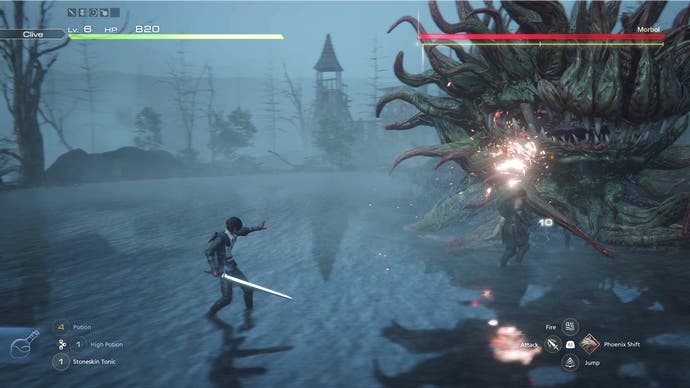
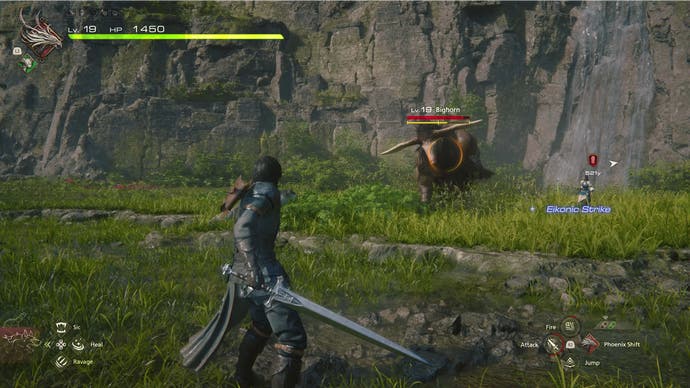
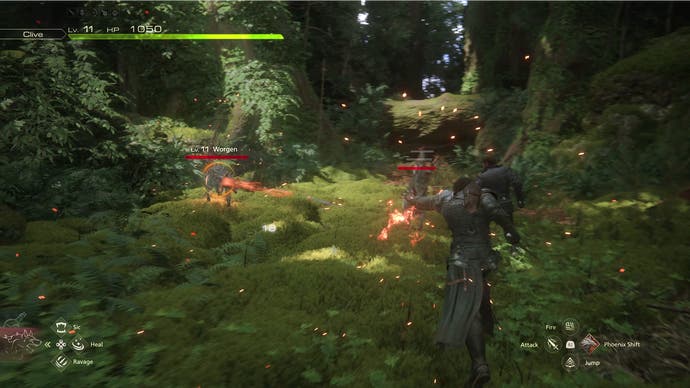
There's a strong influence of western fantasy too - Lord of the Rings and Game of Thrones especially - that's new for the series. It's not just the gritty medieval setting either; Clive and Torgal parallel Jon Snow and Ghost, there's a new character similar to Hodor in Cid's Hideaway, and one particular shot at the start of the game is almost identical to Gandalf and the Balrog scrambling as they fall through the air.
"As I've grown older, I've found that I like my fantasy based more in reality," said Yoshida, when I asked about these influences. "We wanted to create something that really resonated with a lot of people. And when we saw how Game of Thrones, and before that the Song of Ice and Fire series, has really resonated with players, we knew that this was something that we wanted to do as well. When we first started creating the game, we had our core team of about 30 members very early on buy the blu-ray boxset of Game of Thrones and required everyone to watch it, because we wanted this type of feel.
"As for Lord of the Rings, I remember reading the novels when I was in junior high. And of course I've seen the movies multiple times, but I had never thought about that scene...as being similar to that. But now that you mentioned it, it really does look [similar]."
Minagawa also spoke of the influence on the art style: "If we want to create something that has that kind of western feel, we have to look to the west for that kind of inspiration. And so things like Game of Thrones are things that we look to, because that type of stuff does not exist where we live in Japan."

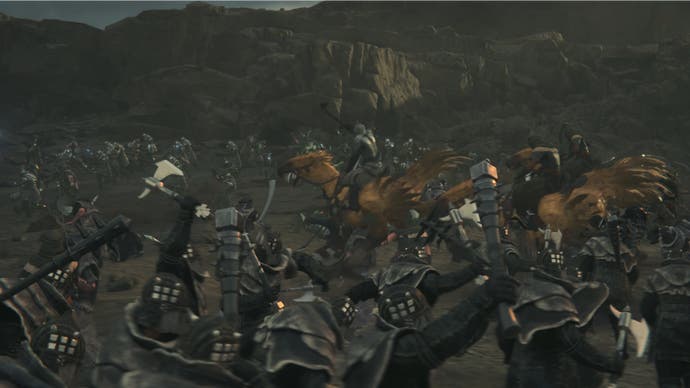
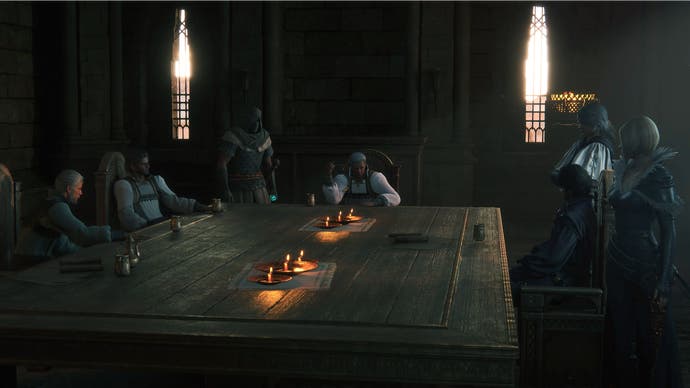
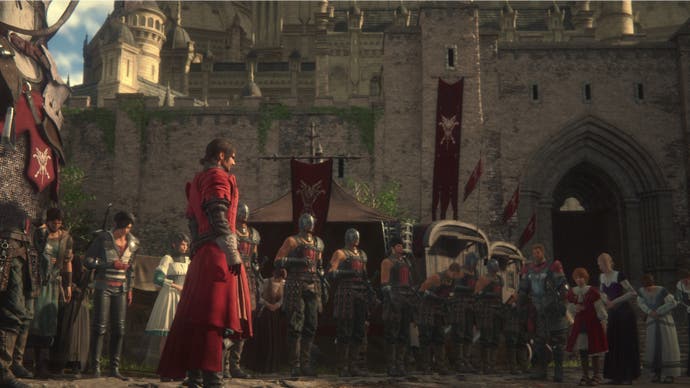
Accessibility is also an area in which the team is experimenting. The last round of previews included details on the ring system that provides various buffs to assist with combat, though the downside is that these rings take the place of other accessories.
Yoshida explained that the team didn't approach accessibility "any differently than we had approached Final Fantasy 14". That means the same features will carry over from 14 to 16, including visual alerts for sound to assist hearing impaired players, "because we know we want to have as many players play the game as possible".
As for the rings, some of them affect gameplay to the extent it can be played with one hand, or just pressing one button. "It's made it accessible for not just players who are not that good at action games, but also players that maybe cannot use both of their hands," said Yoshida.
I asked whether, considering the rings take up accessory space, players that use them will be at a disadvantage.
"No," replied Yoshida flatly, before explaining that the ring accessories are very overpowered, which would make equipping others obsolete. For instance, if a ring allows Clive to dodge automatically, there would be no need to equip a defence accessory as he wouldn't be hit anyway.
Another welcome addition is the Active Time Lore system, which - at any point - allows players to view a glossary of current characters and locations, handy for keeping track of the plot - especially if you've taken a break from the game for a while.
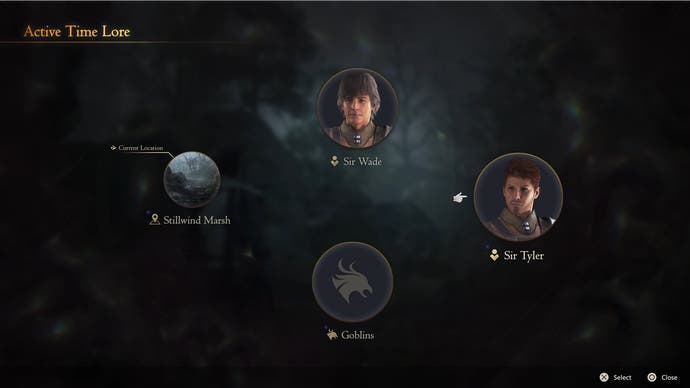
So, what about those classic Final Fantasy elements that Koji Fox mentioned? Final Fantasy 16 has Chocobo. It has Moogles. It has Eikons to summon and powerful crystals. It has familiar spell names. An evil empire. A battle against a Morbol, complete with Bad Breath attack. And it's a distinctive, individual experience that pushes the series on, while sensitively referencing the past. I'm particularly fond of the little pixel characters in menus for each party member, as well as the battle music seemingly referencing Final Fantasy 8's.
But it's Yoshida's comments about Final Fantasy being a cinematic experience that seem most pertinent. The series has always focused on story and, in the PS1 heyday, was renowned for its use of cinematic FMVs.
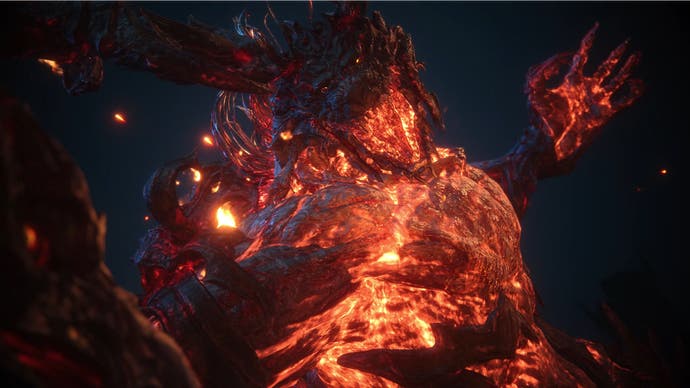
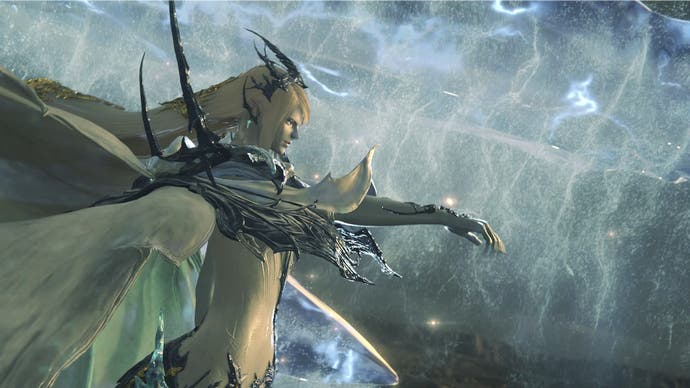
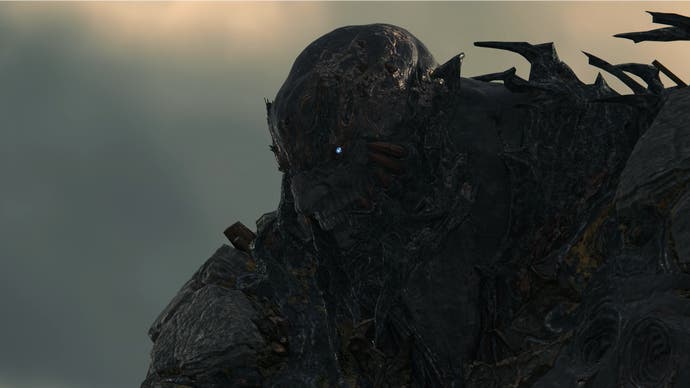

There's no need for FMVs in 16. It seamlessly shifts from exploration to combat to real-time cutscenes and back again in impressive fashion. And while the story itself is a slow burn with gradual exposition, it's presented comprehensively through cinematography that feels akin to playing a film. Almost every shot is screenshot-worthy, and there's a (slightly limited) photo mode too.
Beyond the bombastic and exciting Eikon battles, the lush sun-dappled forests, and the spark of combat, Final Fantasy 16 is a character-driven affair and it's the performances of the lead characters that truly impress. There's such warmth and chemistry between them, and it's clear that storytelling has been a real point of focus for Yoshida and team. For all its jaw-dropping sense of scale that puts the likes of God of War to shame, the tiny nuances of facial expressions stood out to me: the squish of noses as two character kiss; the subtle furrow of a brow; the shine of a rolling tear; or a juicy chomp into an apple. And while the world of Valisthea is grim, it's lightened by humour. "Someone got the hump," quipped Cid during one battle in a thick Yorkshire accent that made me chuckle. These aren't just characters but relatable humans with depth, feelings, and torrid relationships. Puppy Torgal is also adorable.
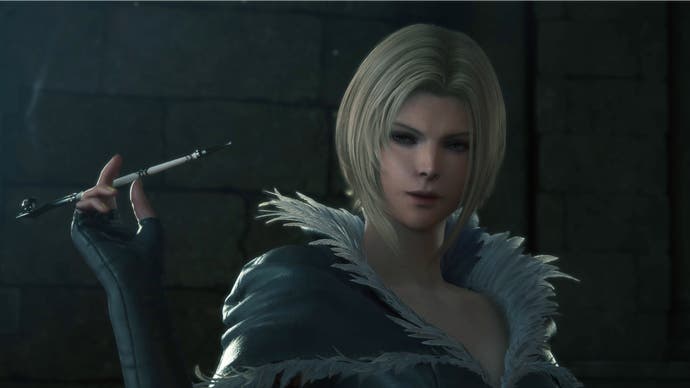
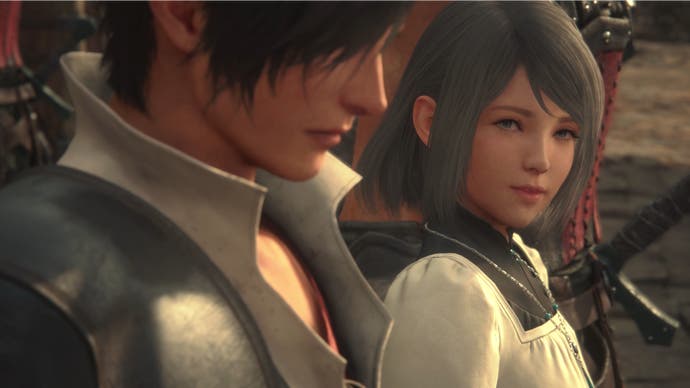
What I really wanted to see in this demo were more of the RPG and customisation elements. I'm still not entirely convinced here, though it's understandable the start of the game will be a linear, focused experience. Players can upgrade Clive's abilities, craft new equipment, and reinforce existing items, but there's no party management or materia-esque customisation. I'm also yet to see much of the open field areas, few side quests, or even minigames. There's every chance this will all still be present later in the game.
With all this in mind, how 'Final Fantasy' is it, then? It's clear from the team's varied answers that Final Fantasy means something different for everyone. Every game in the series is unique and Final Fantasy 16 is no different. Whether it's 'Final Fantasy enough' for fans remains to be seen; it certainly is for me.
But is this a PS5-pushing exclusive action-RPG with a character-driven narrative of high drama, satisfying combat, and accomplished, cinematic storytelling? Without a doubt.
This preview of FINAL FANTASY XVI © 2023 SQUARE ENIX CO., LTD. All Rights Reserved is based on a special version made for media to experience, and contents may differ from the final version.
